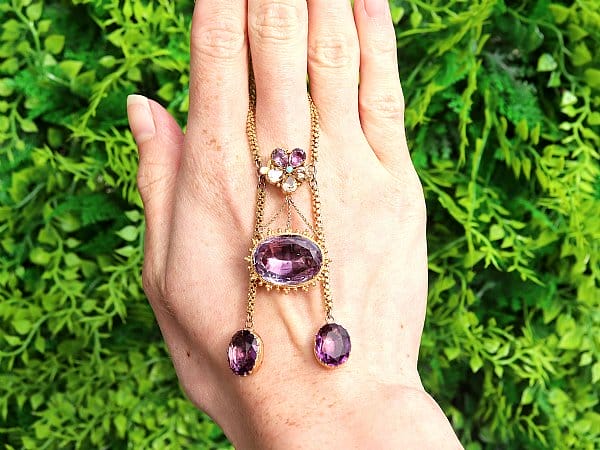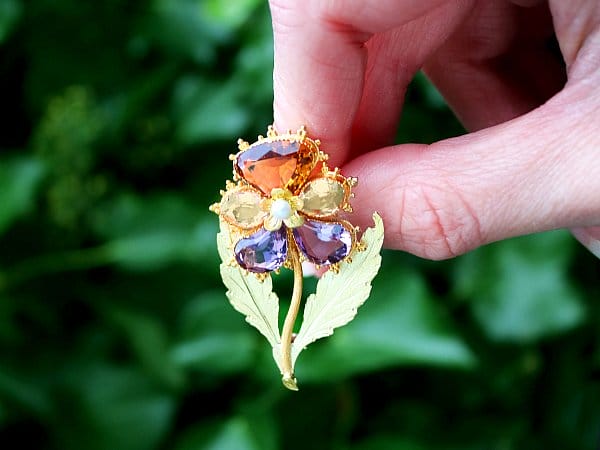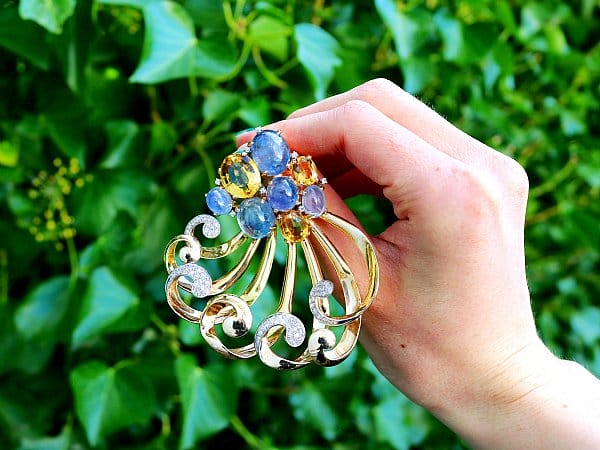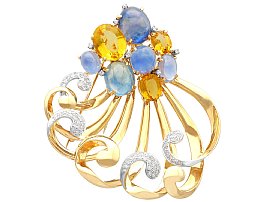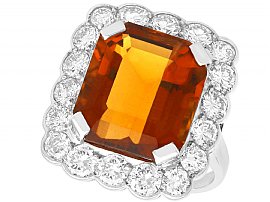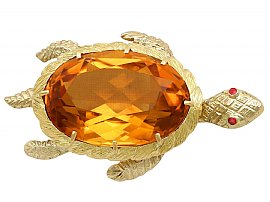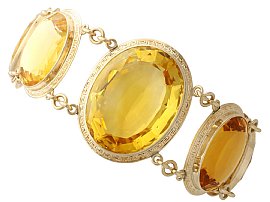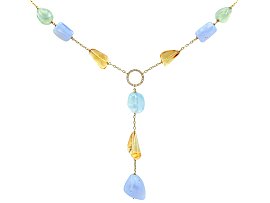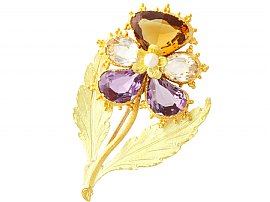Citrine History
The main birthstone for November, citrine is a stunning and popular gemstone. This affordable gemstone balances brightness with sparkle, presenting with a clear honey-coloured shine. Citrines are equally skilled at supporting other gemstones or being the focal point in a jewellery item.
Different Colours of Citrine
Citrine is a form of quartz, much like rose quartz, onyx, and tiger’s eye. The colouring found in citrines comes from a distribution of colloidal ferric hydroxide impurities in the quartz deposit. The iron content in a citrine makes it more yellow and golden than other varieties of quartz. Citrines are mostly yellow in colour, with a little variation in some examples.
The citrine does not have the widest range of colours compared to other gemstones, but every colour in its spectrum is perfect for this autumnal gemstone. Colours featured in citrines stay within the yellow-brown tonal range. The typical colour range for citrines is as follows:
Lemon Citrine
These are the palest citrines. A light-yellow shade, the lemon citrine is not to be confused with the lemon quartz. Although citrine is a form of quartz, it is distinctly different to lemon quartz.
Golden Citrine
This is among the most common citrine colouring. The golden citrine is a bright golden yellow colour.
Madeira Citrine
The name madeira citrine covers a range of shades that are orange-golden and a rusty red-brown colour.
Palmeira Citrine
The palmeira citrine is a bright orange colour. Not many citrines are defined as this colour as it is markedly orange and not brown or yellow in tone.
Fire Citrine
The fire citrine is a rich red-brown colour. This is a particularly desirable shade for its depth. The richer the colouring of fire citrines, the more valuable they are in general.
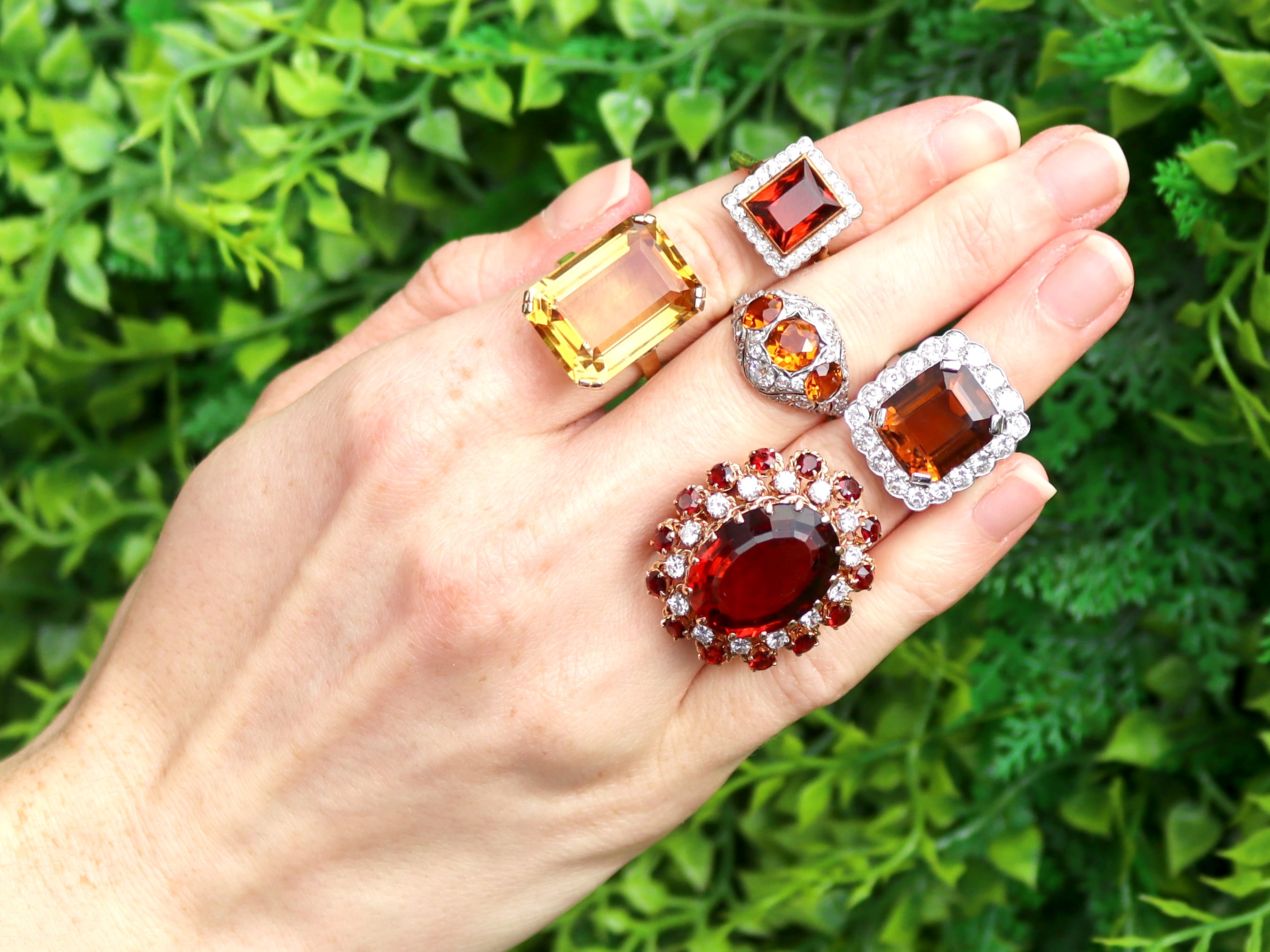
The History of Citrine
Citrines have been used throughout history around the world. They were especially popular with Queen Victoria, who frequently wore them and gifted them. The queen’s influence over popular fashion was so strong that citrines took off in the Victorian era. There are plentiful examples of antique Victorian jewellery with stunning displaying the full range of colours available.
Scotland has always held a loving relationship with citrine. In the 1600s, citrine was used commonly as an accent for dagger handles. Some examples of the stone could be carved into a single handle piece if large enough. During Queen Victoria’s reign, citrines became commonplace adornments for Scottish kilt pins as well as in brooches for shoulder sashes.
In Latin versions of the Old Testament, citrine was called chrysolitus, meaning golden stone. It was referred to as one of the twelve stones in Moses’ elder brother, Aaron’s, breastplate, a tool used to communicate with God. Stones used in this plate were certainly considered in some way sacred.
The Beneficial Powers of Citrine
As is the case with most gemstones, citrines have a long history of having mystical powers and abilities. In Ancient Egypt, citrines were believed to bring good health to the wearer. They were made into talismans to protect one’s health and maintain a level of calm.
Citrines are sometimes called the ‘money gem’ because of their supposed ability to bring about wealth. Perhaps this association comes from the golden colour of citrines resembling early gold currency. Carrying a citrine or wearing one set into jewellery has long been believed to attract financial gain. Merchants would often keep a citrine alongside their coins in order to fend off negative energy or bad luck from the money.
Citrine is also imbued with mystical powers that bring a clarity of mind to the wearer. Supposedly, holding a citrine stone against the forehead allowed psychics to more clearly see the future.
A stone of clarity and vision, the citrine helps people focus on their vision – whatever their goals may be – and achieve success. Wearing citrine can encourage wealth into our lives as well as help us maintain good health. If you’re born in November, you have the added bonus of having citrine, the money stone, as your birthstone.
If you think a piece of citrine jewellery might be perfect for you or your loved one, discover our full range of exquisite November birthstone jewellery.
